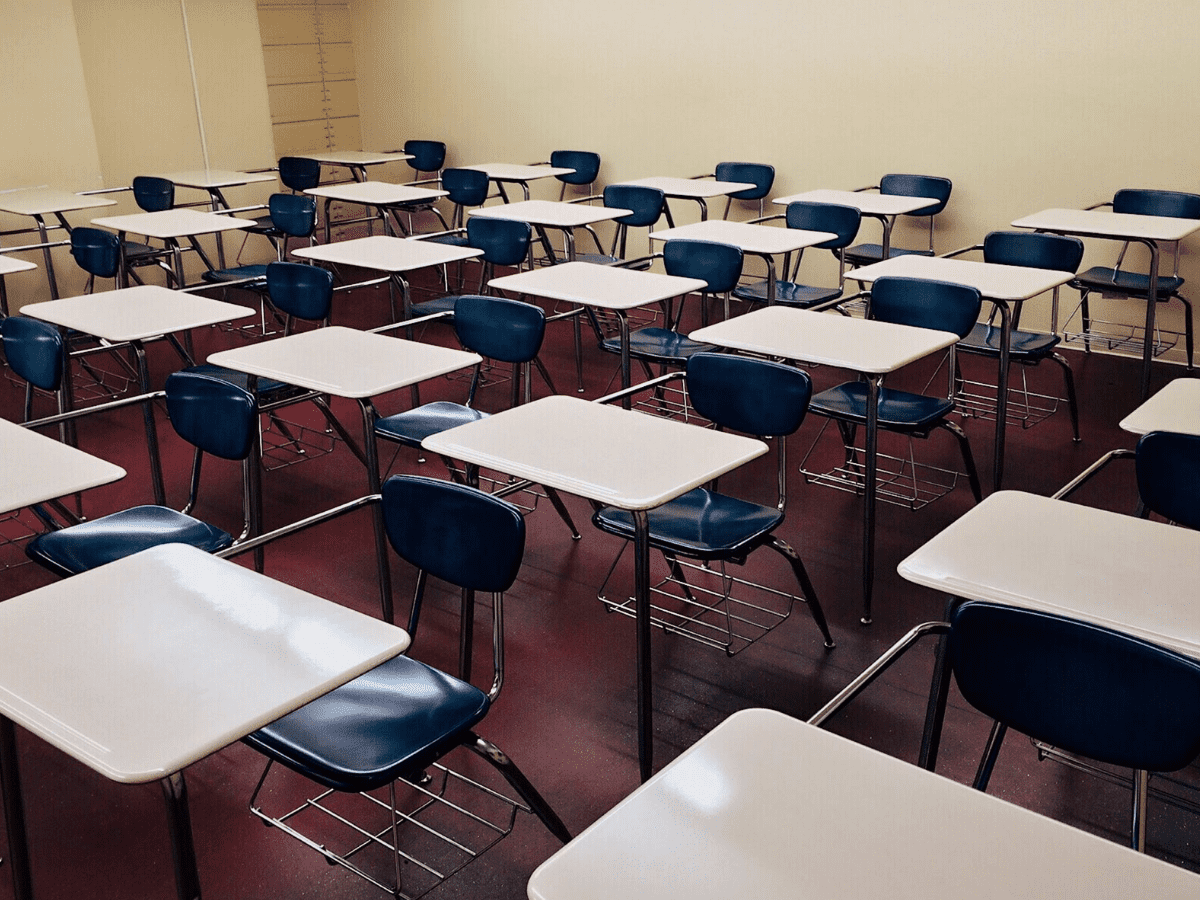
Bhopal: Madhya Pradesh, the central state of the country is in a bad state as far as school education of kids is concerned. This came to light when the Annual Status of Education Report (ASER), was released recently.
The ASER document says that only 56.8% of the children enrolled in primary and upper-primary schools in the rural areas of Madhya Pradesh attend their schools regularly. In this respect, Madhya Pradesh is the second worst state in the country after Bihar, where 54.6% children show up in schools. Uttar Pradesh is slightly better in this respect, with 56.2% children attending schools. In contrast, 88.6% children attend schools in Tamil Nadu.
The report also shows that Madhya Pradesh is among the only three states in the country where enrolment of children of the age group 6-14 years in private schools has increased after the Covid-19 pandemic. It is generally believed that the pandemic triggered movement of children from private to government schools as the income of the parents fell due to growth in unemployment and closure of industries. The trend, however, was different in Madhya Pradesh with the percentage of children in private schools growing from 26.1% in 2018 to 27.4% in 2022.
Another interesting fact is that the learning gap induced by the prolonged closure of schools during the pandemic has led to a larger number of children in the state opting for private paid tuitions. The percentage of such children in the state was 11% in 2018 whereas it grew to 15% in 2022.
The closure of schools has affected the learning levels of children. In 2018, 10.4% children of Std. III could read Std. II-level text whereas in 2022, the figure fell to 7.9%. Similarly, in 2018, 34.4% children studying in Std. V could read Std. II-level text whereas their percentage dropped to 29.2% in 2022. The arithmetic skills of the students also showed a decline. In 2018, the percentage of students of Std. V who divide two numbers was 16.5; it dropped to 15.7 in 2022.
Discrimination against girls still exists
The ASER document shows that girls are still discriminated against as far as enrolment in schools is concerned with the gap between boys and girls not attending schools growing in higher classes. In the age group 7-10 years, 1.8% boys and 1.9% girls did not go to school. In age 11-14, the percentage of out-of-school boys was 2.8% and girls were 3.8%. The gap widened further in the age group 15-16 years, with 12.6% and 17% girls not attending schools.



